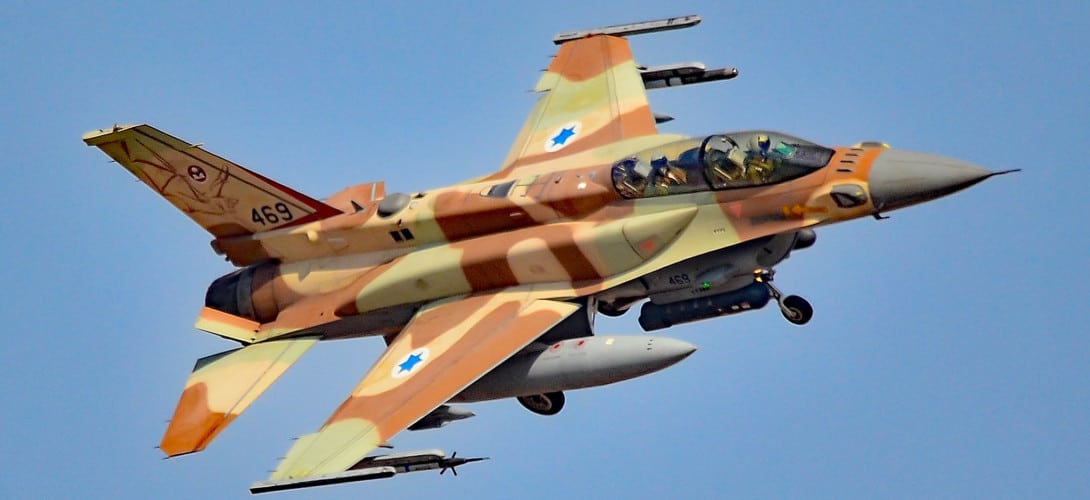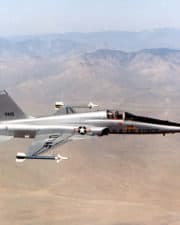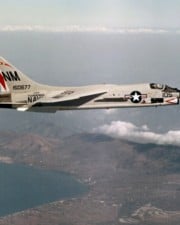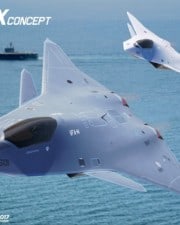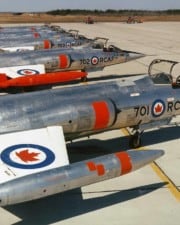There is no question that Israel has seen more than its fair share of wars over its largely tumultuous years since independence, and a big factor in the nation’s constant fight to survive has been Israel’s consistently impressive aerial strength, with Israeli fighter jets undoubtedly being the vital element of the force.
Table of Contents
Let’s talk a little about the reputation of Israeli air superiority first.
In addition to the training and ability of its pilots in conflicts such as the Six Day War, in which the Israeli Air Force was a vital component to securing victory, a huge factor in Israel’s consistent ability to remain air superiority has been its ability to procure superior fighters.
The decision to sell Phantom fighter jets to Israel in 1968 by President Lyndon Johnson marked the first time the United States had supported Israel not just diplomatically, but via outright arms sales. This marked the beginning of a decades-long partnership that remains active to this day.
French fighter jets from Dassault were another key component in Israel’s ability to dominate the skies. The legendary French aviation leader was the most notable supplier of fighter jets to Israel throughout the first couple decades of its existence before Israel cancelled orders amid souring ties in 1972.
The politics of air superiority continue to impact the ever-complex and volatile balance of power in the region.
Israel’s acquisition of state-of-the-art F-35s has bolstered its position against Iran, while the Trump administration’s decision to sell F-35s to the United Arab Emirates (as of now at least temporarily frozen by the Biden administration) have likewise sent shockwaves through the area.
This is a list of the best fighter jets in service with the Israeli Air Force throughout history.
1. F-16L Sufa
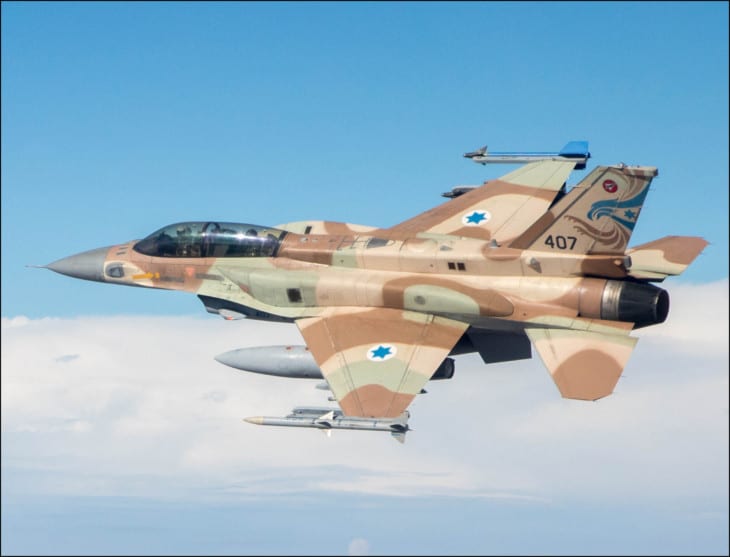
No country outside of the United States owns more F-16s than Israel, with the Israeli Air Force owning 362 with five separate purchases of them over the years, the last being for the Peace Marble V production program, the last deliveries for which coming in 2009.
The most noticeable difference of this model from the standard F-16 is roughly 50% of the avionics are Israeli-made. It has seen use in everything from Israel’s wars in the 80s to the 2006 war with Hezbollah and 2008 war with Hamas to later conflicts with Hezbollah and Syria.
The F-16 measures 49 ft 5in., has a combat range of 339 mi, has a maximum speed of 1,318 mph, and is armed to the teeth with 1×20 mm M61A1 Vulcan 6-barrel rotary cannon and different types of rockets and missiles, including Sidewinders, Pythons, Mavericks, and more.
2. F-35L Adir

With “Adir” being Hebrew for “Mighty One” or “Awesome,” this F-35 has a lot to live up to, and thankfully does, boasting not just the model’s usual state-of-the-art excellence but Israeli modifications to its electronic warfare systems. In addition, Israel plans to add conformal fuel tanks to the Adir.
These modifications add to what is already the gold standard for a stealth fighter in the aviation world today. It makes use of Radar Absorbent Materials (RAM), which helps reduce its Radar Cross Section (RSC) and is what helps make it so stealthy, along with fiber mat skin and other features.
The F-35 measures 51.4 ft, can reach speeds of 1227 via a Pratt & Whitney F135-PW-100 afterburning turbofan, and is armed with a 25 mm GAU-22/A 4-barrel rotary cannon as well as a wide variety of many air-to-air and anti-ship missiles and bombs.
3. McDonnell Douglas F-15L
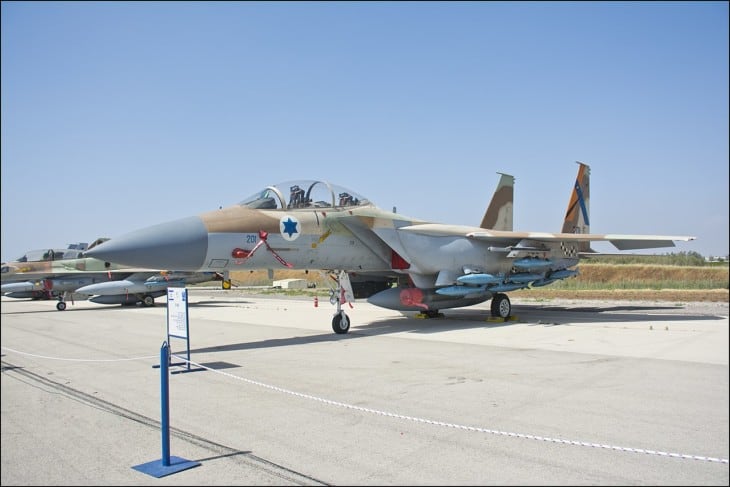
Another classic American fighter jet to find its way into the IAF, the F-15 also obtained its first military kill when flown by the IAF in 1979. In 1982, Israeli F-15s saw significant victories over Syrian fighters during Operation Mole Cricket 19, downing 82 MiG-21/23/23Ms with no losses.
It has seen extensive use in regional conflicts, with a fuel tank from an F-15 washing up on a beach in Gaza in 2012, though whether it was jettisoned or the result of a Hamas downing is unclear. America used it during the Gulf War to great effect.
The F-15 measures 63 ft 9 in., has a maximum speed of 1,650 mph powered by 2×Pratt & Whitney F100-PW-220 afterburning turbofans, and can be armed with 1× 20 mm M61A1 Vulcan 6-barrel rotary cannon and Sparrow, Sidewinder, and AMRAAM missiles.
4. Dassault Mirage III
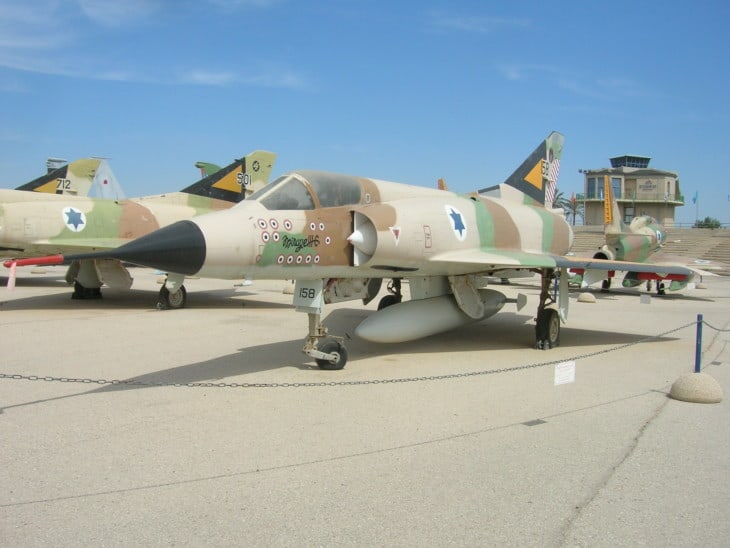
A product of the famed French aviation powerhouse Dassault, this model saw extensive use in the Six Day War, downing 48 of the 58 Arab craft destroyed in that conflict. Prior to this, in 1966, Israeli Mirage IIIs downed two Egyptian MiG-19s which were attempting to intercept Israeli aircraft.
They also helped Israel command airspace during the Yom Kippur War. While the exact count of how many Egyptian and Syrian aircraft were lost against Mirages varies between Israeli and Egyptian/Syrian sources, the consensus is the Israeli craft enjoyed a much better rate of success.
The Mirage III measured 49 ft 4 in., had a maximum speed of 1,460 mph (the first Western fighter to achieve Mach 2 from a horizontal position), and was armed with 2×30 mm DEFA 552 cannons, rockets, Sidewinder air-to-air missiles, and bombs.
5. Dassault Mystère IV

Another case of Israel buying a Dassault jet fighter, the Mystere IV was Israel’s first swept-wing fighter jet, ordered in 1955 and acquired in 1956. Intended for reconnaissance, they also took part in the Suez Crisis, with Israel achieving the first military kill for a Mystere IV.
The Mystere IV saw lots of action during the Six Day War, helping Israeli secure victory in one of the defining conflicts of the latter 20th century. Facing a variety of Egyptian MiGs as well as de Havilland Vampires, Mystere IVs figured into hundreds of air sorties and military engagements.
The Mystere IV measured 42 ft 3 in., could go a maximum speed of 690 mph as powered by 1×Hispano-Suiza Verdon 350 turbojet engine, had an operational range of 549 mi, and was armed with 2×30 mm DEFA cannons as well as a variety of missiles and bombs.
6. IAI Nesher
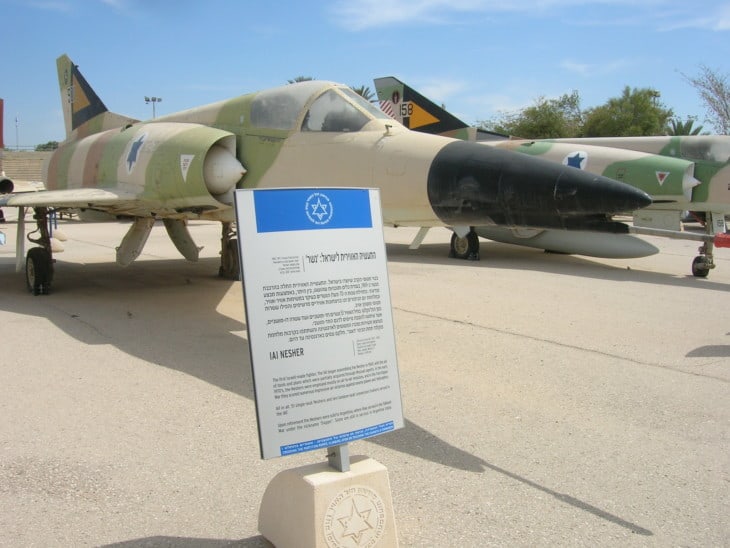
Yet another Israeli jet purchased from Dassault, this is the Israeli version of the Dassault Mirage V. Following the Six Day War, Israel looked to bolster its air force and replace some of the lost or damaged Mystere IIIs with a new model, ultimately settling on the Nesher.
These fighters would play an important role in the Yom Kippur War, accumulating more than a hundred kills during the conflict. Afterward, however, it was decided that the jets were starting to age rapidly, bringing an end to their career in Israel, with remaining Neshers sold to Argentina.
The Nesher measured 51 ft 4 in., had a maximum speed of 1611 mph via 1×SNECMA Atar 9C afterburning turbojet engine, had a range of 810 mi, and was armed with 2×30 mm IAI/DEFA 552 cannons and a variety of air-to-air missiles and bombs.
7. Dassault Ouragan
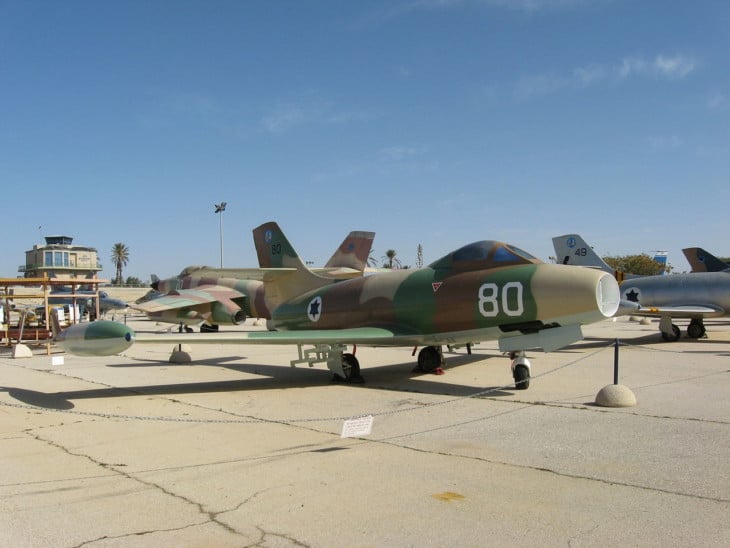
The last in the long line of Dassault-made fighter jets flown by Israel on this list, the Ouragan saw extensive use during the 1950s, most notably in an attack and escort role with France and the United Kingdom against Egypt during the 1956 Suez Crisis.
Its successes in that conflict were yet another example of Israel achieving a jet’s first military kill, with Israeli pilots in the 1956 war and other conflicts often better trained then their Egyptian counterparts. In 1975, Israel sold 18 then-outdated Ouragans to El Salvador, which used them into the late 80s.
The Ouragan measured 35 ft 2 in., could achieve a maximum speed of 580 via a 1×Rolls-Royce Nene Mk.104B centrifugal-flow turbojet engine, and was armed with 4×20 mm Hispano-Suiza HS.404 cannons as well as a variety of unguided missiles and bombs.
8. Douglas A-4 Skyhawk

A name familiar to those with knowledge of the Korean, Vietnam, and Falkland Islands Wars, Israel also bought A-4 Skyhawks from the United States. It saw combat for them as one of several jets flown in the Yom Kippur War for Israel.
In that war, Egyptian authorities reported nine Skyhawks were downed, while Israeli authorities claimed only five of any craft were lost. Previous to that, in 1970, a Skyhawk was able to down two enemy MiG-19s over Lebanon, though Egyptian MiG-21s were able to down three Skyhawks in other conflicts.
The Skyhawk was 40 ft 1.5 in. long, could reach a maximum speed of 673 mph courtesy of 1×Pratt & Whitney J52-P-6A turbojet engine, had an operational range of 1,160 mi, and featured 2×20 mm Colt Mk 12 cannons as well as air-to-air and air-to-surface missiles, such as AIM-9 Sidewinders, and bombs.
9. F-4 Phantom II

Another example of Israeli-American military and aviation cooperation, Israel has been one of the prime users of this American-made fighter jet. F-4s were a huge part of Vietnam War-era combat, with pilots remembering it both with some affection as well as a fair degree of derision.
For Israel, the F-4 saw a wide range of use during the larger Arab-Israeli Conflict of the 1960s and 70s. In the 1980s, Israel’s F-4s underwent modernization programs to give them advanced avionics for the time before the final F-4 in the Israeli Air Force was retired in 2004.
The Phantom II was 63 ft long, could obtain a cruising speed of 580 mph and maximum speed of 1711 mph, and was capable of being armed with 1×20 mm M61A1 Vulcan cannon, and several air-to-air and air-to-ground missiles and bombs, including Sidewinder and Sparrow varieties.
Related Posts
